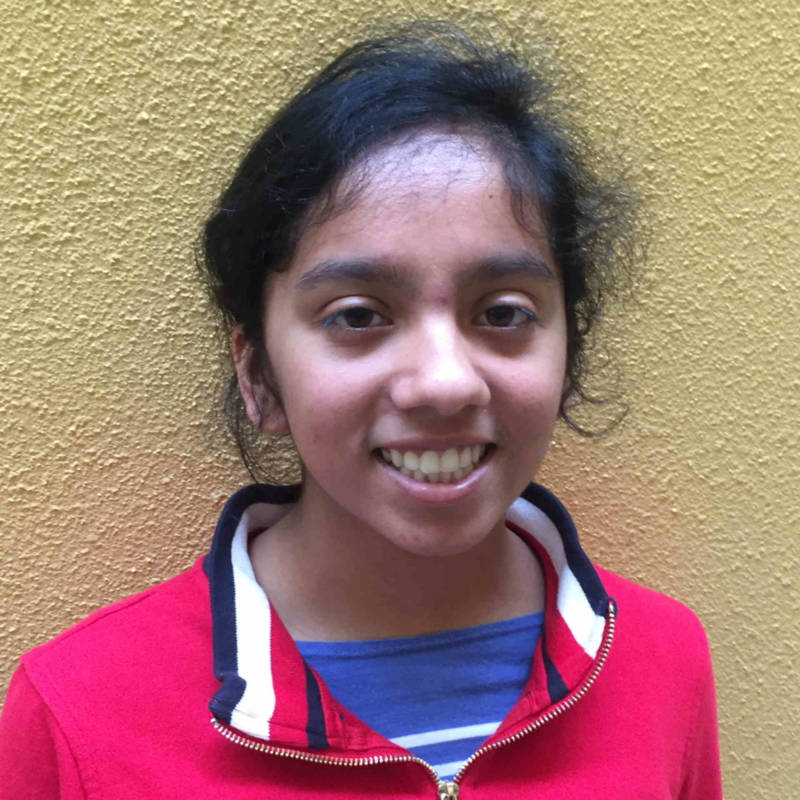There are many rights of passage in the journey of ethnic groups to assimilation into American culture, and Christy Maly discovered one in her local grocery store recently.
I saw something interesting in the Lucky supermarket recently: coconut milk. But not just any coconut milk: Chaokoh coconut milk, or what I thought of as "Indian" coconut milk. Down the aisle, there were more Indian products: basmati rice, coconut oil, spices. And above, was a sign saying "Indian."
This was surprising because my culture was never mainstream enough to warrant a space in any supermarket aisle. Instead, Indian shops like New Indian Bazaar were what Indian families relied on to meet the needs of cultural food. As a child, I would grab the $1 Parle-G packs and beg my mom for the Frooti mango drinks in their bright yellow packaging. Nowhere else could I find such delights.
In my head, it was straightforward. Lucky was my go-to place for anything American, and New Indian Bazaar was for anything Indian. I always thought it would remain this way.
Until, there in Lucky, I saw that sign saying “Indian.” I stood for a while contemplating what this meant. Is Indian food American now? Did Lucky realize that catering to Indians means more profit? Perhaps a bit of both, but regardless, having these products not only recognized the needs of Indian consumers but also this fact: Indian consumers exist. And by putting our culture on display, Lucky was tacitly acknowledging that Indian food was just as integral to their consumers as any other.
